Maximize Your Garden Space with These Hanging Bags: The Perfect Solution for Small Spaces
Discover the versatility of hanging bags for your garden! Learn about different types available, how to choose the right one for your space and plants, and find out which plants thrive in hanging bags. Explore how hanging bags allow for vertical gardening and get tips for maximizing space. Discover the advantages of vertical gardening for small spaces. Plus, get watering, fertilizing, and pest management tips for maintaining your hanging bags. Real-life examples and success stories from gardeners who have transformed small spaces with hanging bags will inspire you to create a beautiful and productive garden. Whether you’re new to gardening or looking to maximize your small space, hanging bags are a game-changer!
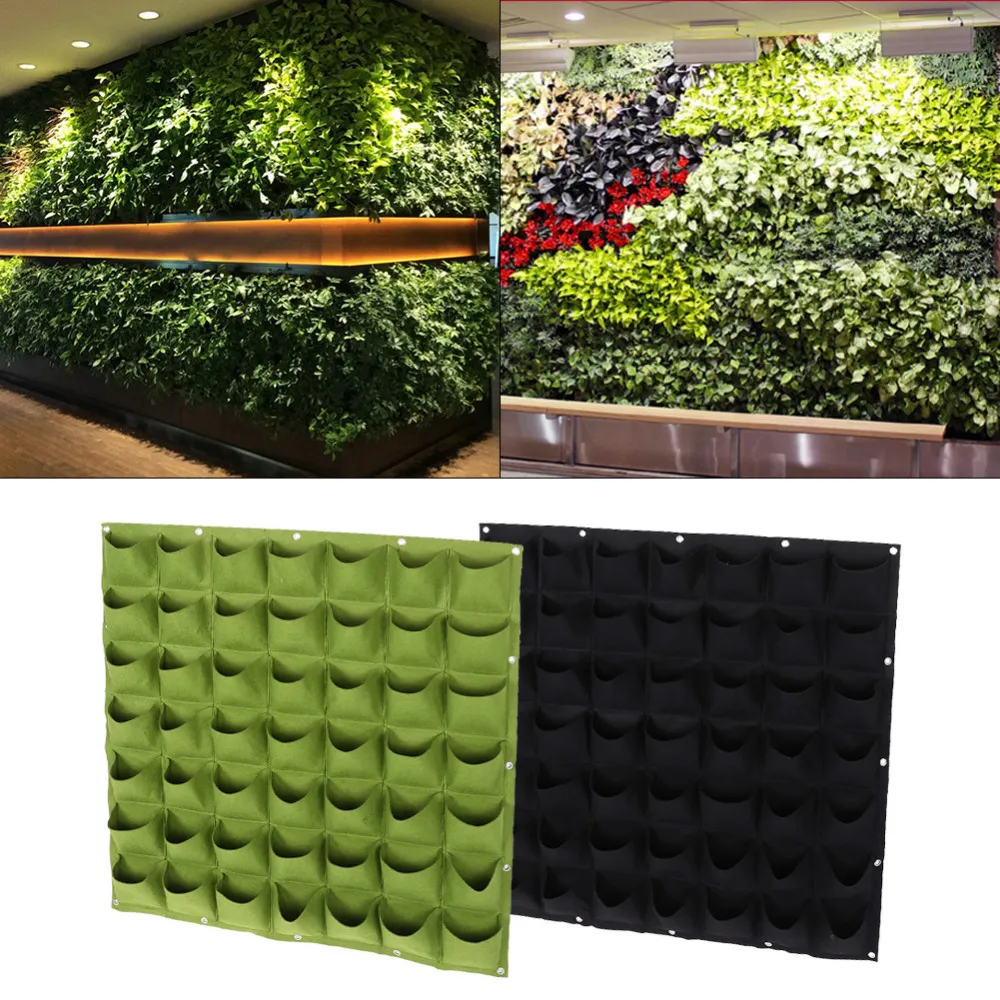
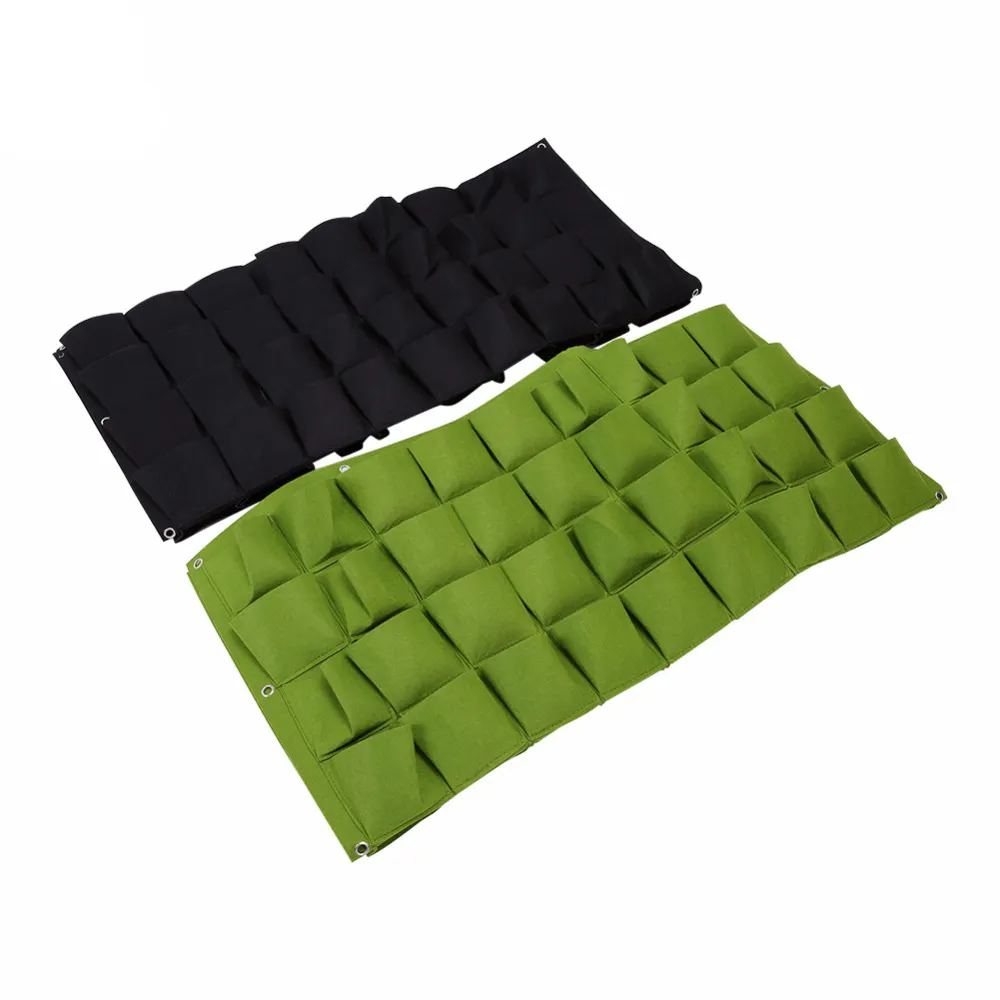
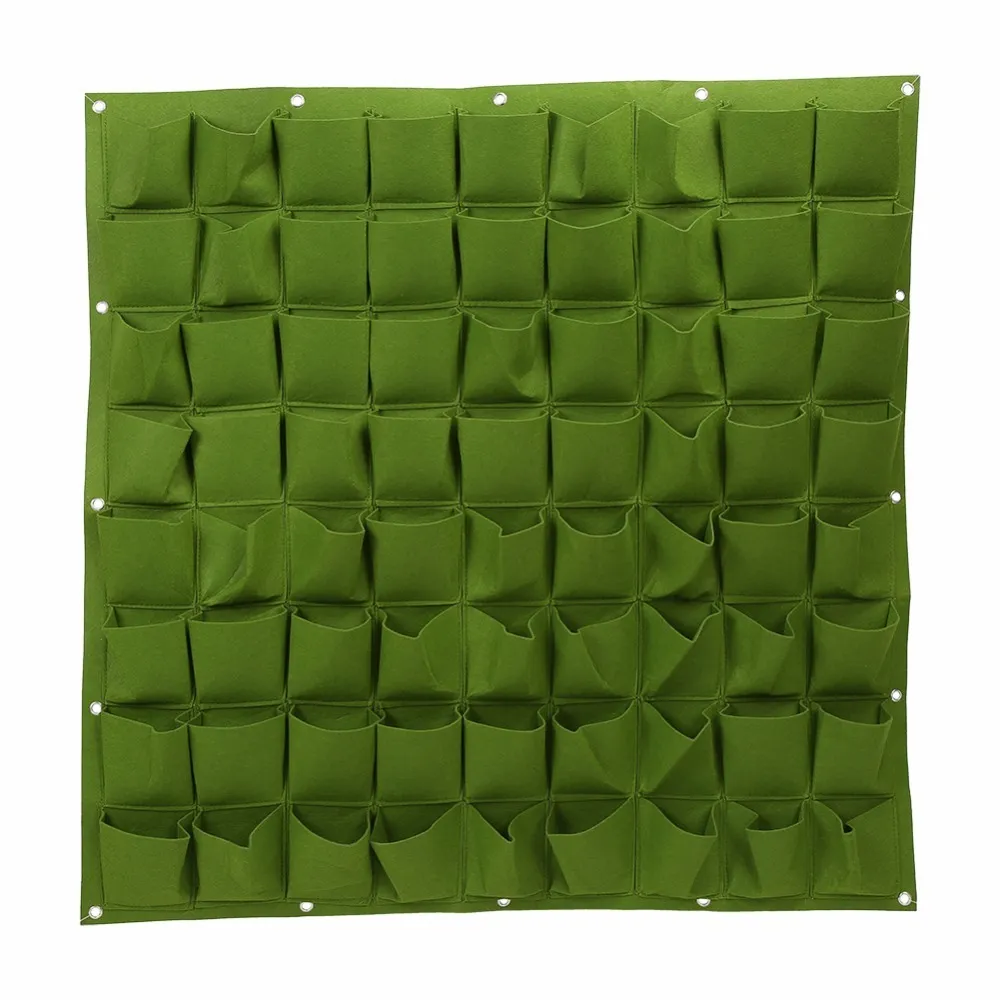
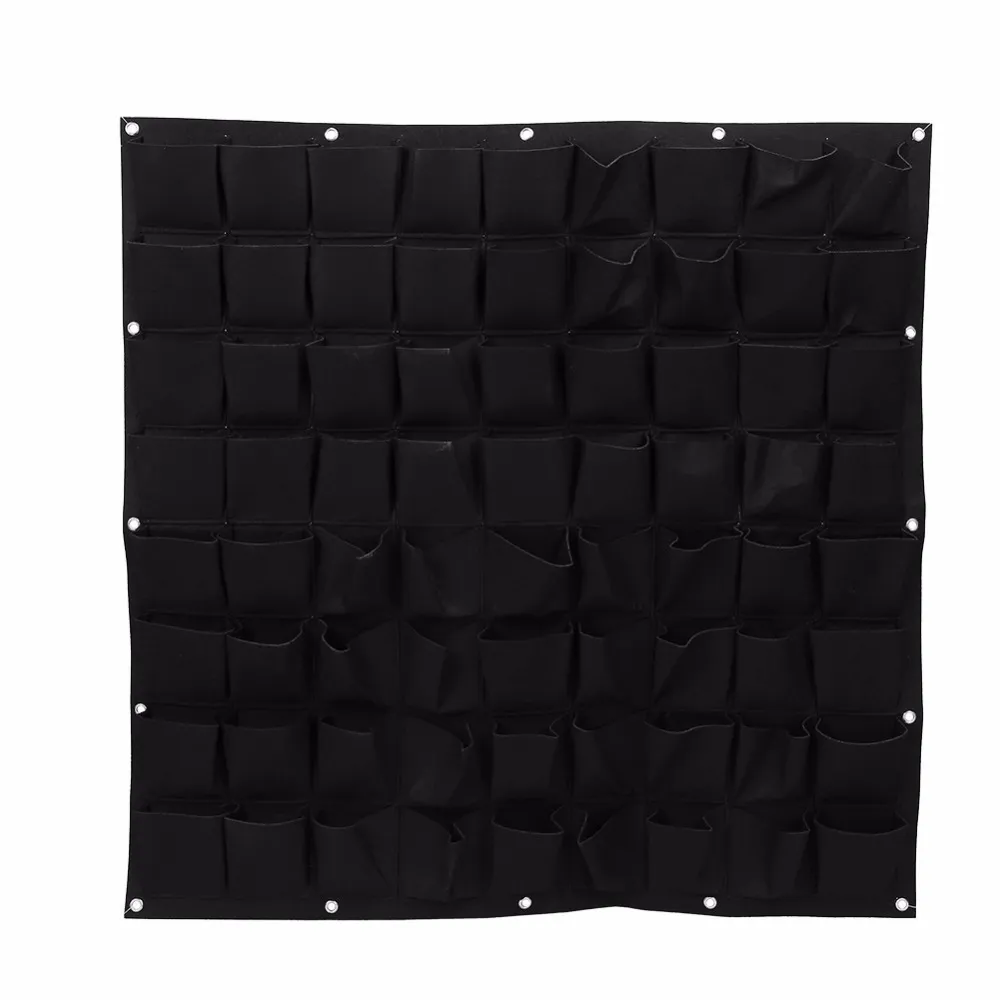
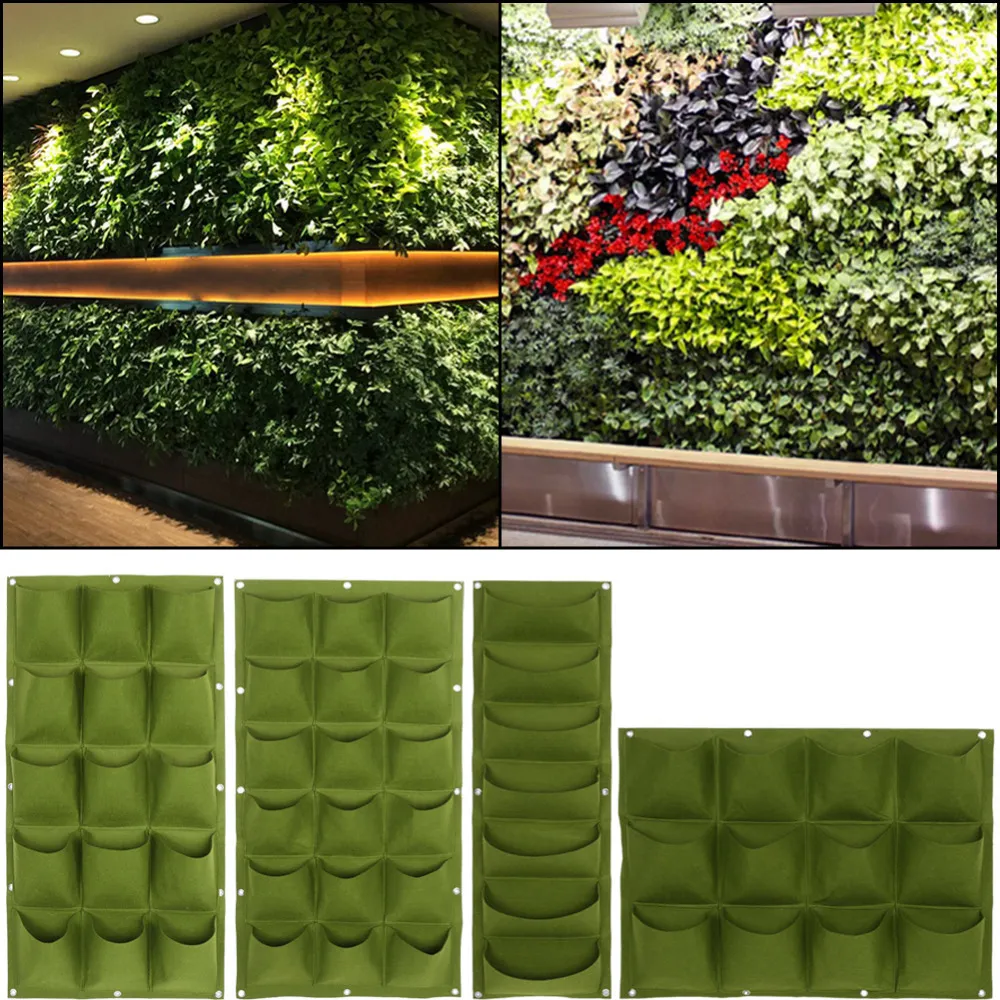
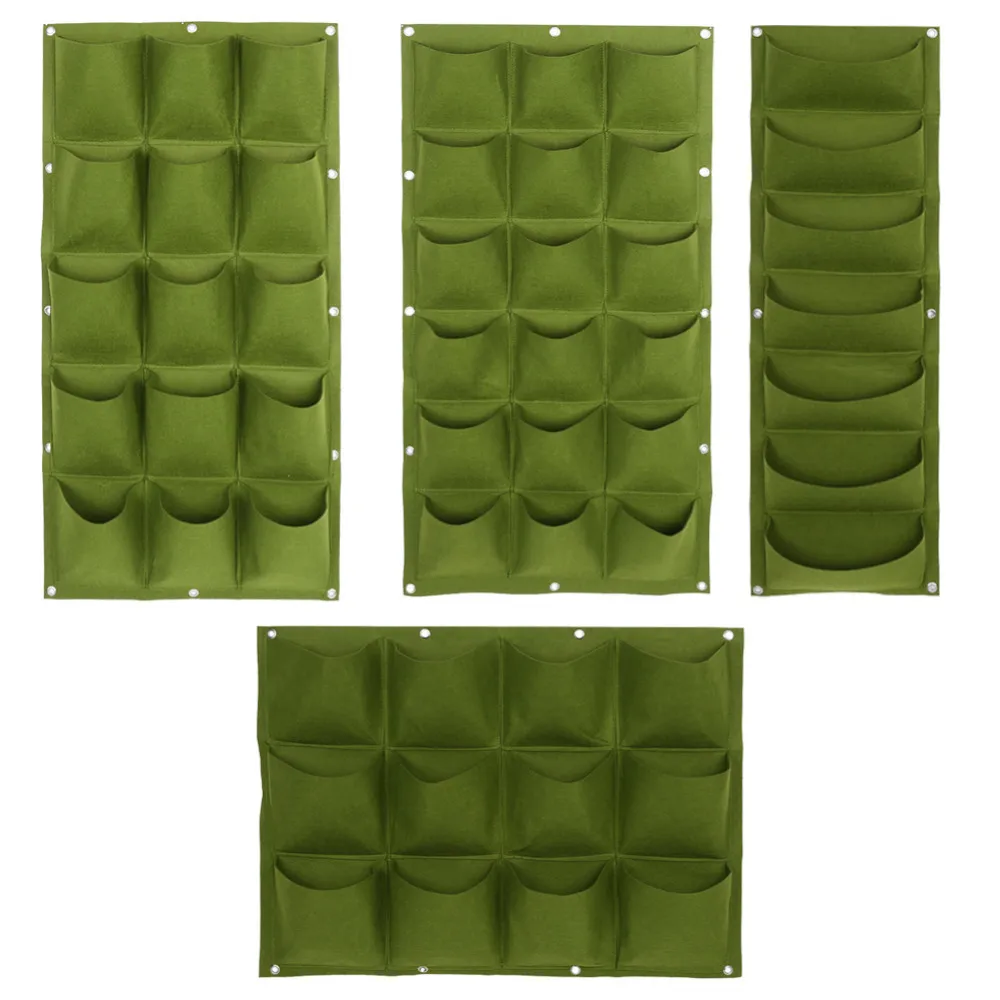
The versatility of hanging bags
A. Different types of hanging bags available
There are several types of hanging bags available in the market. The most common materials used to make hanging bags include plastic, fabric, and metal. Plastic hanging bags are durable, affordable, and widely available. They are suitable for both indoor and outdoor use. Fabric hanging bags, on the other hand, are made from breathable materials that allow for proper drainage and air circulation. Metal hanging bags are sturdy and provide excellent support for heavy plants.
B. How to choose the right hanging bag for your space and plants
Choosing the right hanging bag for your space and plants can be overwhelming, especially if you’re new to gardening. There are several factors to consider when selecting a hanging bag, including size, material, drainage, and weight capacity.
Size: Consider the size of your plant and the available space. Choose a hanging bag that’s appropriate for the size of your plant and will fit comfortably in the desired location.
Material: The type of material you choose will depend on the environment in which the hanging bag will be placed. Plastic and metal bags are better suited for outdoor use as they are more durable. Fabric bags are ideal for indoor use as they are lightweight and breathable.
Drainage: Proper drainage is essential for the health of your plants. Choose a hanging bag with drainage holes or one with a built-in saucer to prevent waterlogging.
Weight Capacity: Consider the weight of your plant and choose a hanging bag that can support its weight.
C. Examples of plants that thrive in hanging bags
Hanging bags are suitable for a wide range of plants. Here are some examples:
1. Spider Plant – A popular houseplant that thrives in hanging bags. It’s easy to care for and produces small white flowers.
2. Petunias – These colorful flowers bloom all summer long and are perfect for hanging baskets.
3. Ivy – A low-maintenance plant that grows well in hanging bags. Its trailing leaves add a touch of elegance to any space.
4. Herbs – Hanging bags are an excellent solution for growing herbs in small spaces. Basil, parsley, and thyme are just a few examples of herbs that thrive in hanging bags.
Maximizing vertical space
Gardening is a great way to connect with nature, de-stress and add beauty to your surroundings. However, not everyone has the luxury of sprawling lawns or gardens. Many city dwellers, for instance, find themselves living in small apartments or condos with limited outdoor space. But that doesn’t mean they can’t have their own green oasis. With garden hanging bags, even the smallest balcony or terrace can become a vibrant vertical garden.
How Hanging Bags Allow for Vertical Gardening
Hanging bags are an excellent solution for those who want to make the most of their available space. They’re perfect for growing a wide variety of plants, including herbs, flowers, fruits, and vegetables. Hanging bags are made from lightweight materials like felt or fabric, which makes them easy to hang from walls, railings, or ceilings.
Moreover, hanging bags come in different sizes, shapes, and colors, allowing you to create a personalized and unique display. You can mix and match various bags to create contrast and texture, or stick to a monochromatic theme for a more harmonious look.
Tips for Arranging Hanging Bags to Maximize Space
When arranging garden hanging bags, it’s essential to consider factors such as sunlight exposure, plant size, and watering needs. Here are some tips to help you optimize your vertical garden:
1. Hang your bags at different heights to create depth and visual interest.
2. Choose plants that have similar light and water requirements to avoid over or underwatering.
3. Position your bags strategically so that they get enough sunlight without being exposed to too much heat or wind.
4. Use a drip irrigation system or self-watering planters to ensure that your plants stay hydrated.
5. Mix and match plants with different textures, colors, and growth habits to create a dynamic and eye-catching display.
Advantages of Vertical Gardening for Small Spaces
Vertical gardening offers several benefits over traditional gardening methods, especially for those with limited space. Here are some advantages of vertical gardening:
1. Maximizes space utilization: Vertical gardening allows you to grow more plants in a smaller area than traditional gardening.
2. Reduces soil erosion: Growing plants vertically reduces the amount of soil exposed to the sun and rain, which helps prevent soil erosion.
3. Easy maintenance: Vertical gardens are easier to maintain than traditional gardens since you don’t need to bend down or kneel to tend to your plants.
4. Aesthetic appeal: Vertical gardens are visually appealing and can add a splash of color and life to any space.
Maintenance and care of hanging bags
In this article, I’ll share some essential watering and fertilizing tips for plants in hanging bags, how to manage pests and diseases effectively and what seasonal considerations you need to keep in mind when gardening with these unique containers.
Watering and Fertilizing Tips for Plants in Hanging Bags
One of the most critical factors in maintaining healthy plants in hanging bags is proper watering. Unlike traditional gardening, where plants can draw moisture and nutrients from the ground, plants in hanging bags solely rely on the water and nutrients provided by you.
To ensure your hanging bag plants remain healthy and happy, you need to be consistent with your watering schedule. Typically, hanging bag plants require more frequent watering than conventional plants because they tend to dry out faster due to their exposure to sunlight and wind.
When watering your hanging bag plants, it’s best to use a watering can or hose nozzle to provide a slow, gentle flow of water directly to the soil surface. Avoid getting the foliage wet as this can lead to fungal infections and damage plant leaves.
Fertilizing is another essential aspect of maintaining healthy hanging bag plants. Because plants in hanging bags have limited access to nutrients and minerals, it’s crucial to supplement them with fertilizers regularly. A balanced fertilizer with equal parts nitrogen, phosphorus, and potassium will help promote good growth and flowering in your hanging bag plants.
Managing Pests and Diseases in Hanging Bags
Like all plants, those in hanging bags are susceptible to pests and diseases. Some common pests you may encounter include spider mites, aphids, and whiteflies, while common diseases include powdery mildew and root rot.
The key to managing these issues is early detection and swift action. Regularly inspect your hanging bag plants for signs of pest infestations or disease symptoms such as yellowing leaves, wilted stems, or curling foliage.
For minor pest infestations, you can typically remove the pests by hand or use natural remedies such as neem oil or insecticidal soap. In more severe cases, you may need to resort to chemical treatments.
If you notice signs of disease, removing the affected plant parts is often the most effective course of action. Proper sanitation practices, such as regularly cleaning your gardening tools and disposing of infected plant material, can also help prevent the spread of disease.
Seasonal Considerations for Hanging Bag Gardening
Finally, it’s essential to consider the season when gardening with hanging bags. While these containers are versatile, they do have specific requirements depending on the time of year.
For example, in the summer months, you may need to water your hanging bag plants more frequently to keep them hydrated in hot weather. In contrast, in the cooler months, you may need to move your hanging bag plants indoors or cover them with frost blankets to protect them from cold temperatures.
Additionally, seasonal changes can impact the types of plants that thrive in hanging bags. In the spring, you may want to focus on planting cool-season crops such as lettuce and spinach, while in the fall, you may opt for warm-season plants such as tomatoes and peppers.
Real-life examples and success stories
Hanging bags are a simple solution that allows you to create a beautiful garden in small spaces like balconies, patios, or even indoors. They come in different shapes and sizes, making them ideal for growing a variety of plants such as herbs, vegetables, and flowers. In this article, we will explore some real-life examples and success stories of gardeners who have successfully used hanging bags.
Testimonials from gardeners who have successfully used hanging bags
Many gardeners around the world have embraced hanging bag gardening, and many attest to its effectiveness. One such gardener is Jane, who lives in an apartment in the city. She says she always wanted to grow her vegetables but had no space until she discovered hanging bags. With just a few bags on her balcony, she can now grow fresh produce all year round.
Another gardener, Mark, says he loves the fact that hanging bags are easy to maintain. He says they require less water and fertilizer than traditional gardens, making them ideal for busy people. He also says that pests and diseases are less likely to affect plants grown in hanging bags since they are off the ground.
Before-and-after photos of small spaces transformed by hanging bag gardening
Hanging bag gardening can transform small spaces into beautiful gardens. With just a few hanging bags, you can turn your balcony or patio into a green oasis. Before-and-after photos of small spaces transformed by hanging bag gardening are inspiring and show the potential of this gardening method.
One such example is Sarah’s balcony garden. Before she started using hanging bags, her balcony was dull and lifeless. However, with just a few hanging bags, she transformed it into a beautiful garden filled with colorful flowers and herbs. Now she can enjoy her morning coffee surrounded by the sweet scent of lavender and mint.
Tips for creating a beautiful and productive garden with hanging bags
Creating a beautiful and productive garden with hanging bags is simple if you follow a few tips. First, choose the right size and shape of the hanging bags depending on the plants you want to grow. Second, use high-quality potting soil that is well-draining to ensure healthy plant growth. Third, remember to water your plants regularly and fertilize them once a month.
In conclusion, hanging bag gardening is a simple and effective way to create a beautiful garden in small spaces. Real-life examples and success stories from gardeners who have successfully used hanging bags prove its effectiveness. Before-and-after photos of small spaces transformed by hanging bag gardening are inspiring, and tips for creating a beautiful and productive garden with hanging bags are essential for any beginner gardener. So, if you want to create a beautiful garden in a small space, consider hanging bag gardening as an option.
FAQ
Q: What is a hanging garden bag, and how does it maximize my garden space?
A: A hanging garden bag is a vertical gardening solution that allows you to grow plants in a compact space by suspending the bags from walls or ceilings. The bags come in various sizes and are made of breathable material that allows for optimal drainage and air circulation. By using hanging bags, you can grow more plants in a smaller area while keeping your garden organized and neat.
Q: What types of plants can I grow in a hanging garden bag?
A: You can grow a variety of plants in hanging garden bags, such as herbs, flowers, and vegetables. Some popular options include cherry tomatoes, strawberries, basil, parsley, and petunias. It’s important to choose plants that are suited for your climate and the amount of sunlight your space receives. Consider using trailing plants that spill over the sides of the bag to add visual interest.
Q: How do I care for plants in a hanging garden bag?
A: To care for plants in a hanging garden bag, make sure they receive enough water and nutrients. The bags should have drainage holes at the bottom to prevent water from pooling and causing root rot. It’s recommended to use a potting mix specifically designed for container gardening since it provides the necessary nutrients and helps with drainage. Depending on the plant, you may need to fertilize it regularly or prune it to keep it from becoming too big for the bag.
Q: Can I hang garden bags indoors?
A: Yes, hanging garden bags can be used both indoors and outdoors. If you plan to hang them indoors, make sure there is adequate natural light or supplement with grow lights. Additionally, consider the weight of the bag and the strength of the wall or ceiling you plan to hang it from. Overall, hanging garden bags are a versatile solution for maximizing your garden space whether you have a small balcony, a sunny window, or a large backyard.


